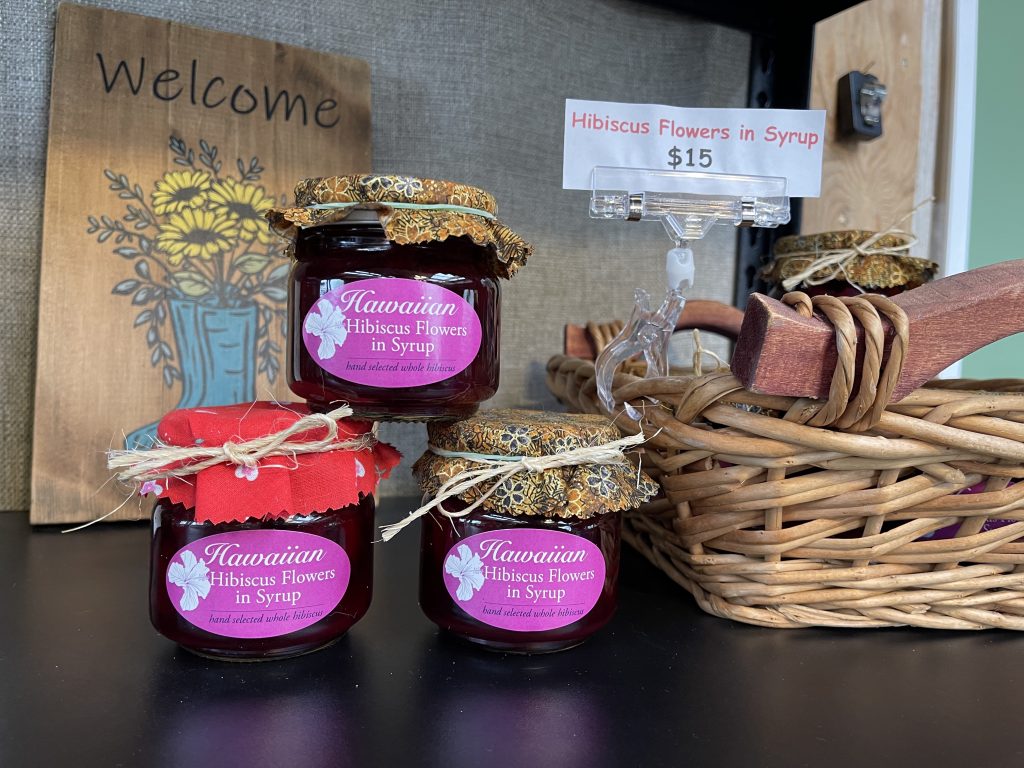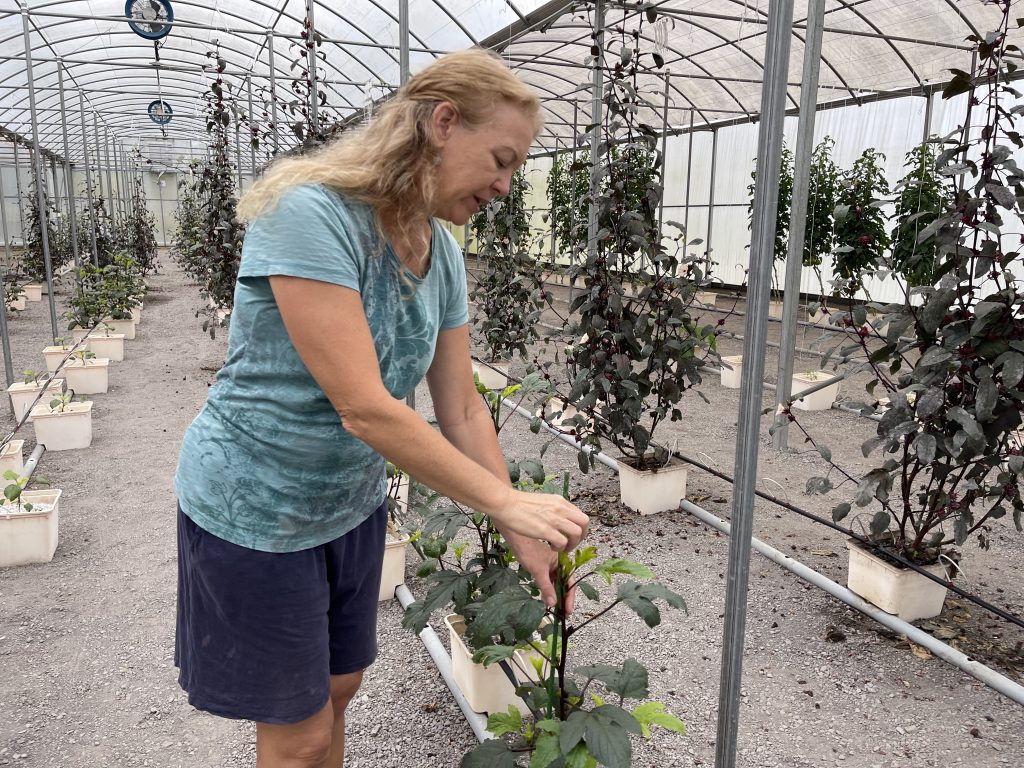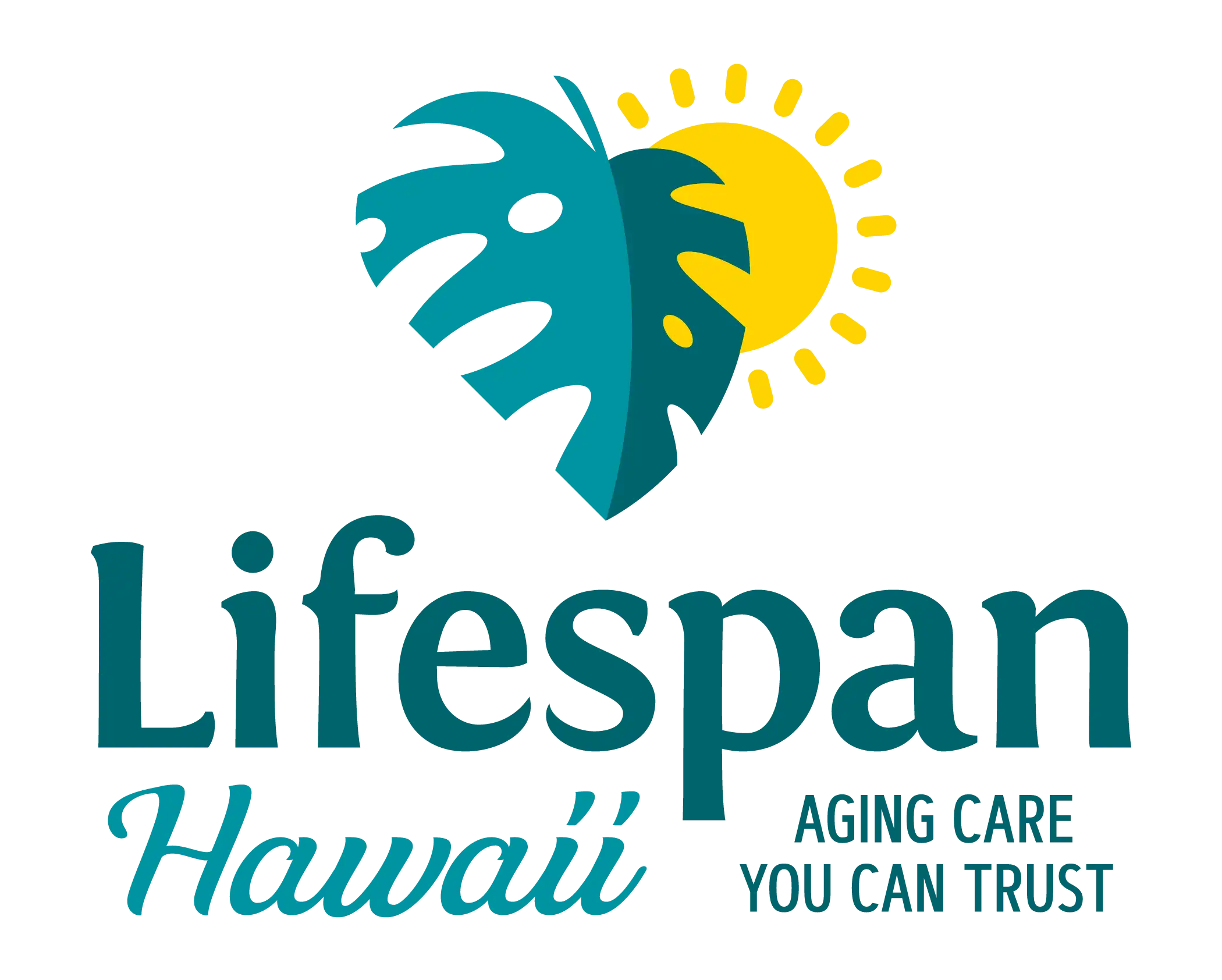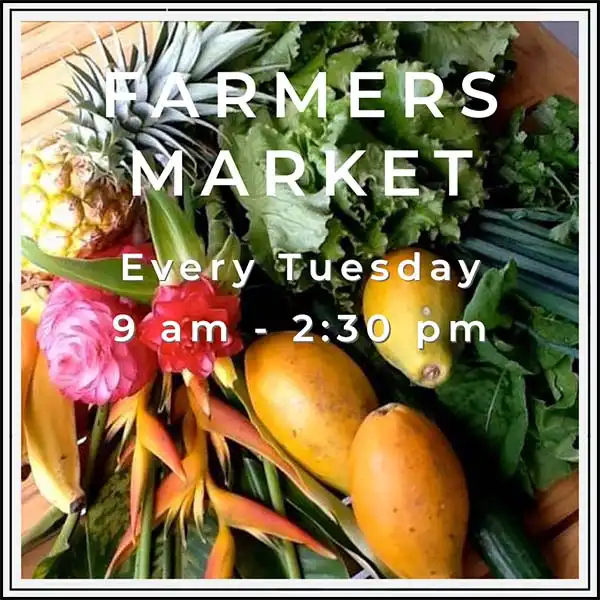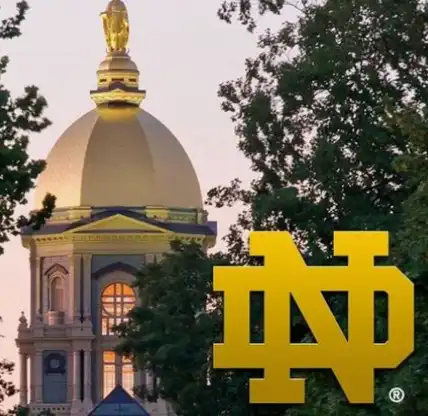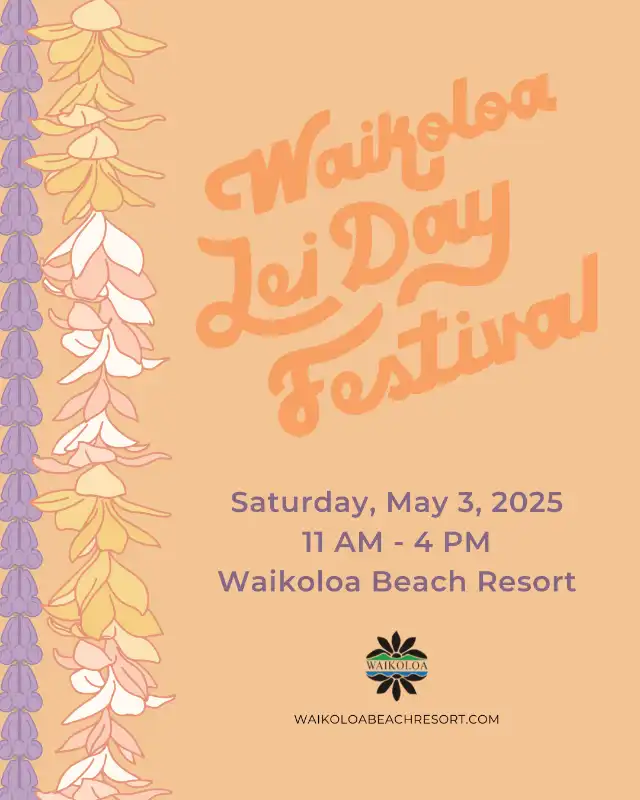Business Monday: Hāmākua farmers switch tomato crop for edible hibiscus
The first time Susan Hamilton had an edible hibiscus was in a Vodka Hottie at a restaurant along Ali‘i Drive. A mix of coconut vodka, lime and pineapple juice, the deep red flower sat at the bottom of the glass.

When she ate it, the taste of tang and sweetness hooked her, and the idea of farming the flower took root.
Hamilton and her husband own the Hawaiian B Natural Farms and have been growing tomatoes hydroponically in Hāmākua for the past 16 years. Last fall, they decided to switch gears to grow the edible Roselle Hibiscus after they were unable to bring workers back to help with the tomato crop following the COVID-19 pandemic.
Hamilton said it was her and her husband taking care of the tomatoes, and it was killing them.
“It was 60 hours of hard labor a week for both of us, and we had zero help,” she said.
Hamilton said the hibiscus has been less maintenance as they have fewer plants and it produces less frequently than the tomatoes. They now offer tours of the farm.
Not a showy flower, Hamilton described the small pink-hued blossom as “super cute.” After planting the flowers in their greenhouse last year, they did a soft opening of the farm in December and officially started farm tours on Jan. 1.
The Hamiltons are utilizing 3,000 square feet of their 12,000-square-foot greenhouse in Hāmākua and have hibiscus growing in a variety of different stages, from seedlings to plants 3 to 4 months old. The harvest starts to come in at about three and a half months.
The plants are grown hydroponically and are fed from nutrient tanks that are timed by a computer. The water-soluble food gives the hibiscus nitrogen, calcium and magnesium.
The edible part of the flower is the seed pod or calyx, which is crisp and tangy like a cranberry. Hamilton said the hibiscus definitely needs to be paired with a little bit of sugar.
The calyx is often found at the base of the bloom. Hamilton often refers to it as the flower as it is in the drinks and desserts she prepares for guests at the end of the tour.
The best part about the tour, which everybody, of course, loves, is all the samples which include a spiced hibiscus tea, syrup with a whole calyx and preserves. The most sold item, Hamilton said is the calyx [flower] in syrup, which she serves over panna cotta, topped with dark chocolate.
Hamilton tested her recipes out on her neighbors before she posted them online.
One neighbor, Sandy Nibecker has been one of the guinea pigs to Hamilton’s edible hibiscus creations since she got excited about this new farming project.
Since the fall, Nibecker said, Hamilton brought over a couple of different trial preserves for her to try.
The first thing Hamilton offered her was a cooked calyx.
“It was daunting. I didn’t know you could eat it and I didn’t know it would taste so wonderful,” Nibecker said of her first experience eating hibiscus.
The panna cotta is the most recent treat she’s eaten, which she described as outstanding.
When she tried the iced tea, infused with spices like cinnamon and cloves, Nibecker said she was surprised it was hibiscus, describing the drink as refreshing.
Outside of drinking a hibiscus tea at a Mexican restaurant on the island, Nibecker believes Hamilton’s farm is the only one of its kind on the Big Island.
Hamilton now makes her own version of the Hibiscus Hottie, the drink that got her started on farming the edible flower.
Recipes using the calyx are posted on the Hawaiian B Natural Farms website. Hamilton’s goal is to keep adding new recipes.





